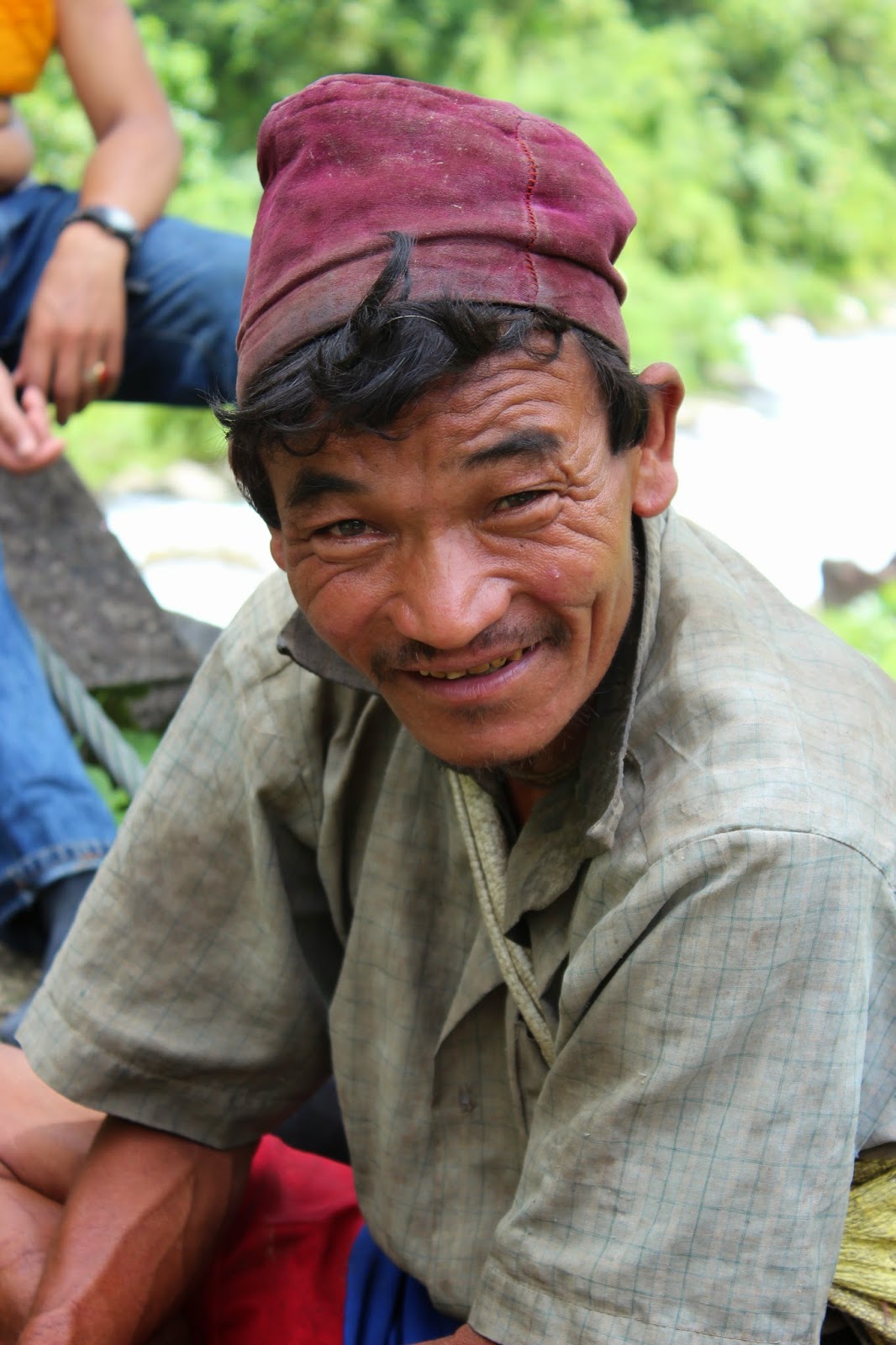It’s a Thursday evening in January, 2011, and I’m in my
local gym settling down onto the rowing machine. 8000m is the target tonight.
Let’s push the envelope and torque it up to 10. I’ll need to keep a 500m split
down to 2 minutes 10 seconds to hit that distance in 40 minutes. Then it’s Go! The
first few pulls wind up my back but then a steady rhythm works in as my eyes
settle on the digital read-out screen.
Spot in target. Keep a straight back, push with the legs, then rotate
from the lower back and finish each stroke with a steady arm pull. No problems
tonight, the target is in sight. Just hold the pace.
Not too many folk using the kit this session. All quiet,
just the usual music videos on the TV…I try to block out the surround sound and
push on. Eyes relax onto a video clip I’ve seen countless times before and the
sound fades as the clip finishes and the ads. Start to play.
Wow! What is that. How on earth did that image of a
malnourished child, half crouched in the dust with a few dirty rags draped
limply over the little bony frame, appear in the same universe as the high tec.
dance video. My eyes settle onto the
tiny child and the words cross the screen … and it’s over. Back once more to
music, fantasy images and other people’s dreams.
How could I be sitting in this place focused entirely on
some personal meaningless rowing target when somewhere in the world people
struggle to live out the day or even minute? How could I let that powerful
image slip away without trying to do something about it? That was my moment
when the ideas of sharing the skills gained over years in farming, resurfaced
again.
A couple of years earlier my wife, Jude, and I had attended
a meeting in Bristol at which returning VSO volunteers had inspired us with
their accounts of hardship,
determination, new friendships and many other experiences that intertwine the
life of a volunteer. Yet the fact that stayed most strongly in our minds was
that most placements were 2 years and anyway we had children older than most of
the audience. Perhaps spending 2 years away from our newly born Grandson was
not such a good idea. So the flame of our desire to volunteer dimmed.
Yet that image in that gym had been so shocking. I had seen
plenty of images like it before when helping Farm Africa promote the use of
Camels for milk production, in sub Saharan Africa. There was a total mismatch of
circumstances. That gym, with me, spending hours working hard-- but for what? That
tiny child with no choices.
This was our moment, when the need to share what few skills
we had, for the benefit of others, and three years later here we were, language
and in-country training almost over and ready to be placed in Jumla. ‘Expect
the unexpected’ had been our moto in training and we glibly used it to
demonstrate our understanding -----and our naivety.
 |
| Jude gets directions and language tuition from local boys |
Then 10 days ago, we discovered, like a Grand National also
ran, we had fallen at the last hurdle. Due to an insurmountable glitch in
immigration rules we could not get the official visas needed and the placement
in Jumla would not go ahead. Not even VSO’s vastly experienced visa guru,
Gopal, could help us. Then, after a
couple of sleepless nights, VSO Nepal’s 50 years of experience kicked in. Thanks to the country Director, Arlene, and
her team, Jude was offered and accepted a placement in the Lamjung District.
She will be a volunteer involved with a well-established Education Project,
“Sisters for Sisters Education in Nepal’. Her role will involve working with
young female mentors, who through older girls in the community are helping
younger girls to spend more time in school and thereby achieve more. More
education equates to greater life choices.
Anyone who knows Jude, and her natural ability to communicate with
almost anyone at any level, will understand it when I say she will be excellent
in her new role.
 |
| Its evident that Jude is loving her new challenges. |
A few images from Lamjung
 |
| We chat with two girls aged 17 and 14 returning the 2km home, each carrying 25kgs of rice. |
 |
| They walked with us chatting, correcting our Nepali, never resting or mentioning their load. |
 |
| A typical rural Lamjung face |
Further good news, I was reassigned to a new Agricultural
placement also in Lamjung. The role is similar to the Jumla placement, working
with an NGO trying to meet the needs of the most vulnerable marginalised
communities. Additional work with dairy value chains is included and I’m
grateful to VSO for giving me the opportunity to continue.
 |
| 80% of domestic energy is provided by wood, a chulo, a mud built stove sometimes outside but often within the house without a chimney |
 |
| Good signs, all the family weed rice, a job usually done by women. Daal grows in front of the rice. |
The only down side will be that since Lamjung is
sub-tropical our warm thermal underwear will not see the light of day, and Jude
is kicking herself that eBay is a no go in Nepal!
 |
| A typical rural dwelling |

No comments:
Post a Comment